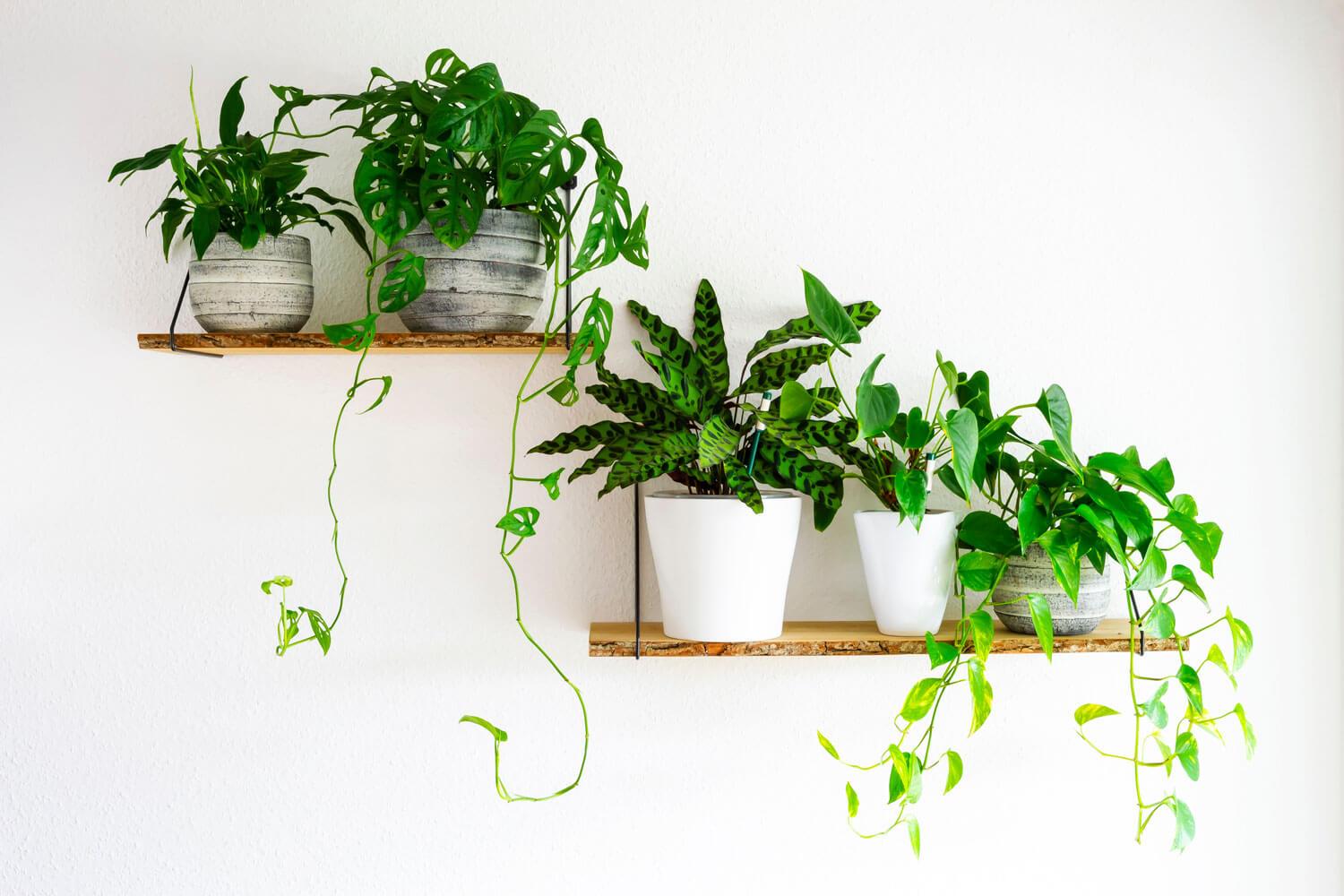In our quest for a healthier living environment, the air quality in our homes is a crucial factor. Indoor air can be laden with pollutants like dust, mold spores, and volatile organic compounds (VOCs). Fortunately, nature offers a simple yet effective solution: houseplants. Not only do they add beauty and life to our homes, but many plants also have air-purifying properties. This article explores the best houseplants for purifying indoor air, contributing to a more holistic and healthful living space.
The Science Behind Air-Purifying Plants

Top Air-Purifying Houseplants
- Spider Plant (Chlorophytum comosum): Easy to grow and maintain, spider plants are effective at removing formaldehyde and xylene from the air.
- Snake Plant (Sansevieria trifasciata): Known for its ability to release oxygen at night, the snake plant is excellent for bedrooms. It filters out formaldehyde, xylene, and toluene.
- Peace Lily (Spathiphyllum): This beautiful plant not only brightens up a room but also removes ammonia, benzene, formaldehyde, and trichloroethylene.
- Aloe Vera: Besides its medicinal properties, aloe vera is good at filtering out formaldehyde and benzene.
- Boston Fern (Nephrolepis exaltata): This lush fern is particularly effective at removing formaldehyde and xylene.
- Rubber Plant (Ficus elastica): With its large leaves, the rubber plant is efficient at filtering out airborne toxins and producing oxygen.
Caring for Your Air-Purifying Plants
While these plants are known for their air-purifying abilities, they also require proper care to thrive:
- Light: Most air-purifying plants require indirect sunlight. Places near windows that receive filtered light are ideal.
- Water: Overwatering is a common issue. Ensure the soil is dry before watering again.
- Humidity: Many of these plants, like the Boston fern, thrive in humid conditions. Regular misting can help.
- Soil: Use well-draining soil and ensure pots have drainage holes.
Other Benefits of Houseplants
Beyond air purification, houseplants offer several other benefits:
- Enhancing Mental Well-being: The presence of plants can reduce stress and improve mood.
- Improving Concentration and Productivity: Studies have shown that plants in workspaces can boost concentration and productivity.
- Decorative Appeal: Houseplants add natural beauty and a sense of tranquility to any space.
Conclusion
Incorporating air-purifying houseplants into your home is a simple and holistic way to improve indoor air quality. These plants not only cleanse the air but also enhance the overall ambiance of your living space. By choosing the right plants and providing them with proper care, you can enjoy a greener, healthier home environment. Remember, while plants can significantly improve indoor air quality, they should be part of a broader approach to maintaining a healthy indoor environment.

